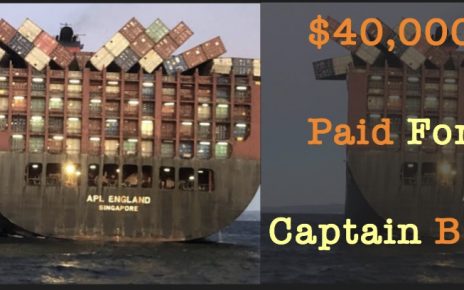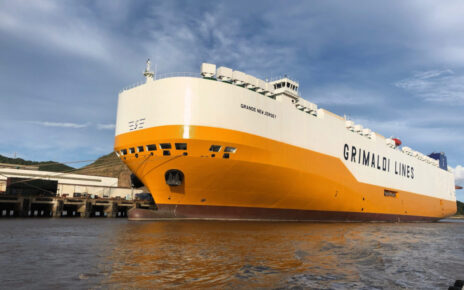If you are interested in shipping, you may have heard of the term “slow steaming”. But what does it mean and why is it important for shippers and carriers? In this blog post, we will explain what slow steaming is, how it affects the shipping industry, and what are its advantages and disadvantages.
What is slow steaming?
It is the practice of operating transoceanic cargo ships, especially container ships, at significantly less than their maximum speed. According to Wikipedia, slow steaming is conducted at 18 knots (33 km/h; 21 mph), while speeds under 18 knots are called super slow steaming. The main reason for slow steaming is to save fuel and reduce emissions, as lower speeds reduce the drag force and the power requirements of the ship’s engine. For example, according to Wärtsilä, a marine engine manufacturer, fuel consumption can be reduced by 59% by reducing cargo ship speed from 27 knots to 18 knots.
Slow steaming was adopted in 2007 in response to the rising fuel prices and the global financial crisis. Since then, it has become a common practice among many shipping lines, such as Maersk Line, which introduced slow steaming in 2009-2010. Some ships, such as Maersk’s Triple E-class container ships, were even designed for it and have less powerful engines than their predecessors.
Disadvantages of using such methods
Slow steaming has several benefits for both shippers and carriers. For shippers, it can lower the transportation costs, as fuel surcharges are reduced. It can also improve the reliability of service, as carriers can adjust their schedules more easily and avoid congestion at ports. For carriers, slow steaming can increase their operational efficiency, as they can use fewer ships and optimize their fleet utilization. It can also reduce their environmental impact, as lower speeds result in lower emissions of carbon dioxide, sulfur oxides, nitrogen oxides, and particulate matter.
Advantages of Using such methods
However, it also has some drawbacks and challenges. For shippers, slow steaming can increase the transit time and the inventory costs, as goods take longer to reach their destination. It can also affect the quality and safety of some products, such as perishable goods or hazardous materials, which may require special handling or temperature control. For carriers, it can increase the maintenance costs and the technical risks, as engines and propellers are not designed to operate at low loads for long periods. It can also affect the market demand and supply balance, as lower speeds reduce the available capacity and create bottlenecks at ports.
Therefore, it is a complex phenomenon that has both positive and negative impacts on the shipping industry. It requires careful planning and coordination among all stakeholders, such as shippers, carriers, ports, regulators, and customers. It also requires innovation and adaptation of new technologies and practices, such as smart steaming, which involves adjusting the speed according to real-time conditions (e.g. weather, sea state, port status). It may not be a permanent solution for the shipping industry’s challenges, but it is certainly a significant trend that cannot be ignored.



